Preventative Dentistry
Our friendly, proactive approach ensures your child feels comfortable and cared for during every visit.
Choose Libertyville Pediatric Dentistry and help your little one enjoy a lifetime of happy, healthy smiles!
01
Exams and Cleanings
During dental exams, we will thoroughly check your child’s teeth and gums for early signs of problems, such as cavities or gum disease.
Cleanings involve removing plaque and tartar that can build up even with regular brushing and flossing. We will gently clean your child’s teeth using specialized tools. This way, we can keep their teeth and gums healthy and prevent future dental issues.
Don’t worry – these procedures are quick and completely painless.
02
Why Are Exams and
Cleanings Important,
and How Often Do You Recommend Them?

Dental exams allow us to monitor the growth and development of teeth and gums, catching any potential problems early. Cleanings are vital because they remove any buildup that your kid might have missed with routine brushing.
We suggest that kids and teenagers get dental exams and cleanings every 6 months. This regular schedule helps us ensure your child’s teeth grow properly and stay healthy.
03
What to Expect
During Your Child's Check-Up Exam?
Check-up exams don’t have to be scary! Here’s what you can expect:
We will discuss any changes in your child's oral health.
A thorough check of teeth, gums, and mouth.
Removing plaque and tartar buildup.
Applying fluoride to strengthen tooth enamel (if needed).
Taking X-rays to detect hidden dental issues (if needed).
Monitoring growth and alignment of teeth.
Tips for effective home care.
Recommendations on foods that support dental health.
04
Monitoring Growth and Development
During each visit, we assess changes in your child’s oral structure and track their progress. If we catch any misalignments or the effects of habits like thumb-sucking, we will let you know about the next steps we need to take.
We can help identify bad habits, explain what you can do about them, and offer personalized tips for taking care of their teeth.
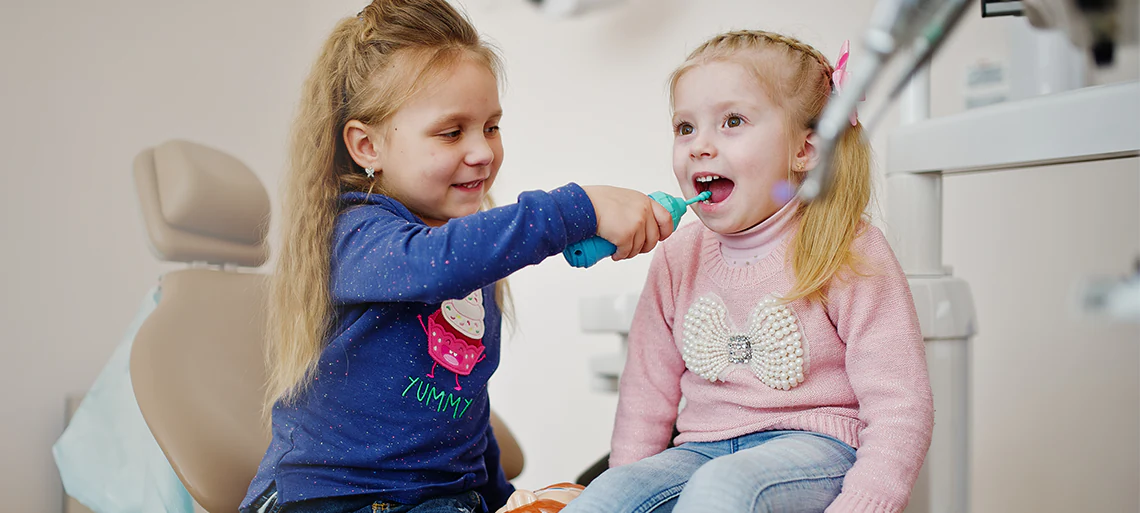
Habit Cessation
Bad dental habits in kids usually involve thumb sucking, pacifier overuse, and tongue thrusting.
We start by explaining to both you and your kid the effects of these habits and why it’s important to stop them. We then provide practical, age-appropriate strategies tailored to your child’s needs. These include positive reinforcement, setting gradual goals, and using mouth appliances if necessary.
Home Care
- Using a specific toothbrush suitable for your child’s age.
- Learning proper brushing and flossing techniques.
- Rinsing with a fluoride mouthwash.
- Reducing intake of sugary snacks and drinks.
- Avoiding bedtime bottles with juice or milk.
- Using dental sealants for added protection against decay.
- Wearing mouthguards during sports to prevent injuries.
Everyone is different, so we always take our time to see what will work best for your child’s specific condition.
05
Fluoride
Treatments

What is Fluoride, and Why is It Important in Dentistry?
Fluoride is a mineral that strengthens tooth enamel and makes it more resistant to decay. This is especially important for kids and teenagers, as it can help prevent cavities during these critical growth years.
During routine check-ups, we apply a simple fluoride varnish to your child’s teeth. We clean and dry the teeth using a small piece of gauze. Then, using a tiny brush, the varnish is painted onto all surfaces of the teeth.
It quickly forms a sticky layer that hardens when it comes into contact with saliva. The entire process of applying the varnish takes around 2 minutes.
The varnish is immediately effective and completely safe.
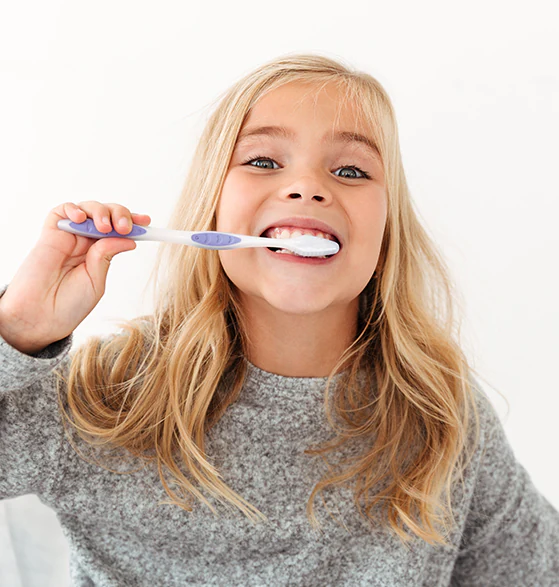
06
Dental
Sealants
Dental sealants are a protective coating applied to your child’s back teeth, where most chewing happens. This coating is made of a safe, clear material that covers the tiny grooves and dips in the tooth surface.
These areas are tricky to clean and are prone to developing cavities. Sealants effectively block out food particles and germs. The first set can be applied at around the age of 6, and the second set at around 12.
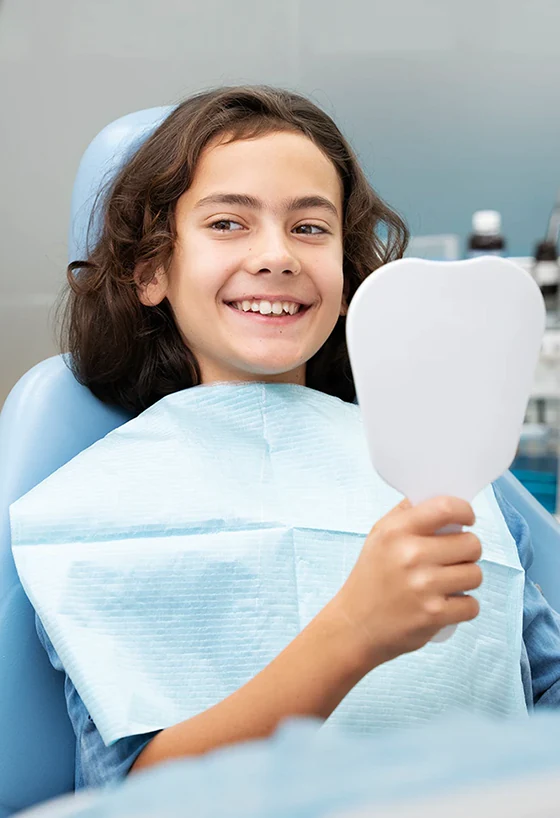
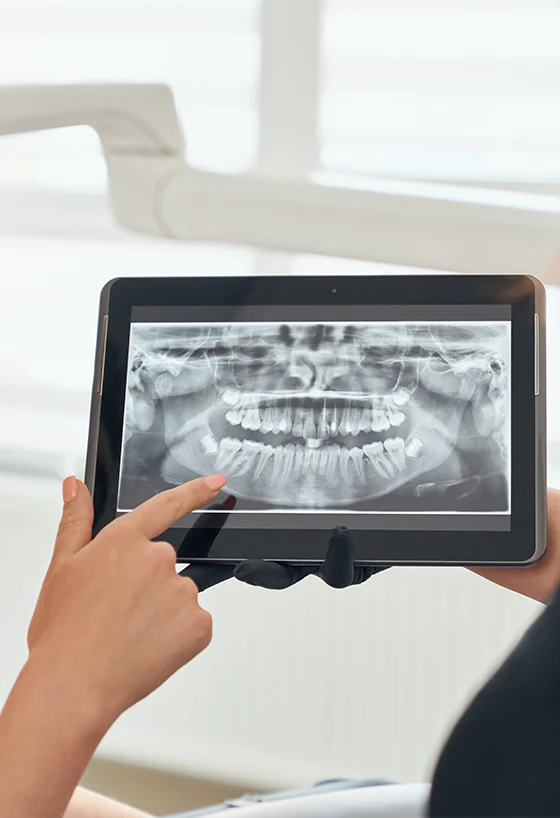
07
Digital X-rays
Digital X-rays help us see what’s happening beneath the surface of the gums, such as the positions of emerging teeth, any hidden decay, or issues with the jawbone and roots.
We typically recommend that children get dental X-rays once a year. However, if your child is at higher risk for dental problems, we might suggest more frequent imaging.
When Does My Child Need X-rays?
- To check for cavities between teeth.
- To monitor tooth growth and placement.
- Before orthodontic treatment begins.
- To assess the health of the gums and jawbone.
- To diagnose tooth pain or sensitivity.
- If there are signs of gum disease.
- To plan for tooth extractions or surgery.
- To check for impacted teeth, such as wisdom teeth.
How Much Radiation Is My Child Getting?
Dental X-rays expose your child to a very small amount of radiation – around 0.005 mSv (millisievert).
With modern advancements in technology, the amount of radiation used in dental X-rays has significantly decreased, making them safer than ever before. So don’t worry – the level of radiation from dental X-rays is considered low, especially when compared to the potential risks of undiagnosed dental issues.




